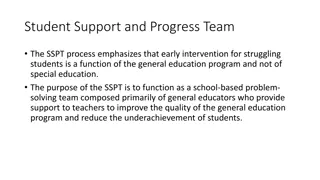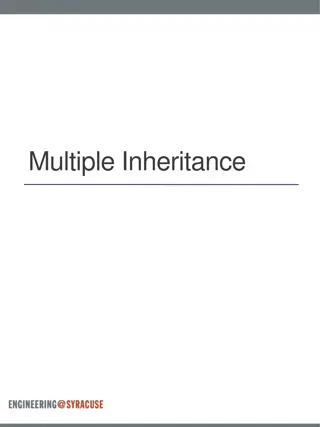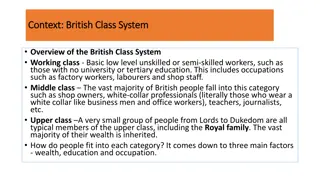
Price Lower Bounds and Option Valuations in Finance
Explore lower bounds for pricing call and put options on non-dividend-paying stocks in various scenarios along with determining implied risk-free rates based on European option prices. Delve into option valuation concepts and calculations for different stock prices, strike prices, and interest rates in finance.
Download Presentation

Please find below an Image/Link to download the presentation.
The content on the website is provided AS IS for your information and personal use only. It may not be sold, licensed, or shared on other websites without obtaining consent from the author. If you encounter any issues during the download, it is possible that the publisher has removed the file from their server.
You are allowed to download the files provided on this website for personal or commercial use, subject to the condition that they are used lawfully. All files are the property of their respective owners.
The content on the website is provided AS IS for your information and personal use only. It may not be sold, licensed, or shared on other websites without obtaining consent from the author.
E N D
Presentation Transcript
Problem 1 What is a lower bound for the price of a six-month call option on a non-dividend-paying stock when the stock price is $80, the strike price is $75, and the risk-free interest rate is 10% per annum?
Problem 2 What is a lower bound for the price of a two-month European put option on a non-dividend-paying stock when the stock price is $58, the strike price is $65, and the risk-free interest rate is 5% per annum?
Problem 3 The price of a non-dividend paying stock is $19 and the price of a three-month European call option on the stock with a strike price of $20 is $1. The risk-free rate is 4% per annum. What is the price of a three-month European put option with a strike price of $20?
Problem 4 The prices of European call and put options on a non-dividend-paying stock with 12 months to maturity, a strike price of $120, and an expiration date in 12 months are $20 and $5, respectively. The current stock price is $130. What is the implied risk-free rate?






















